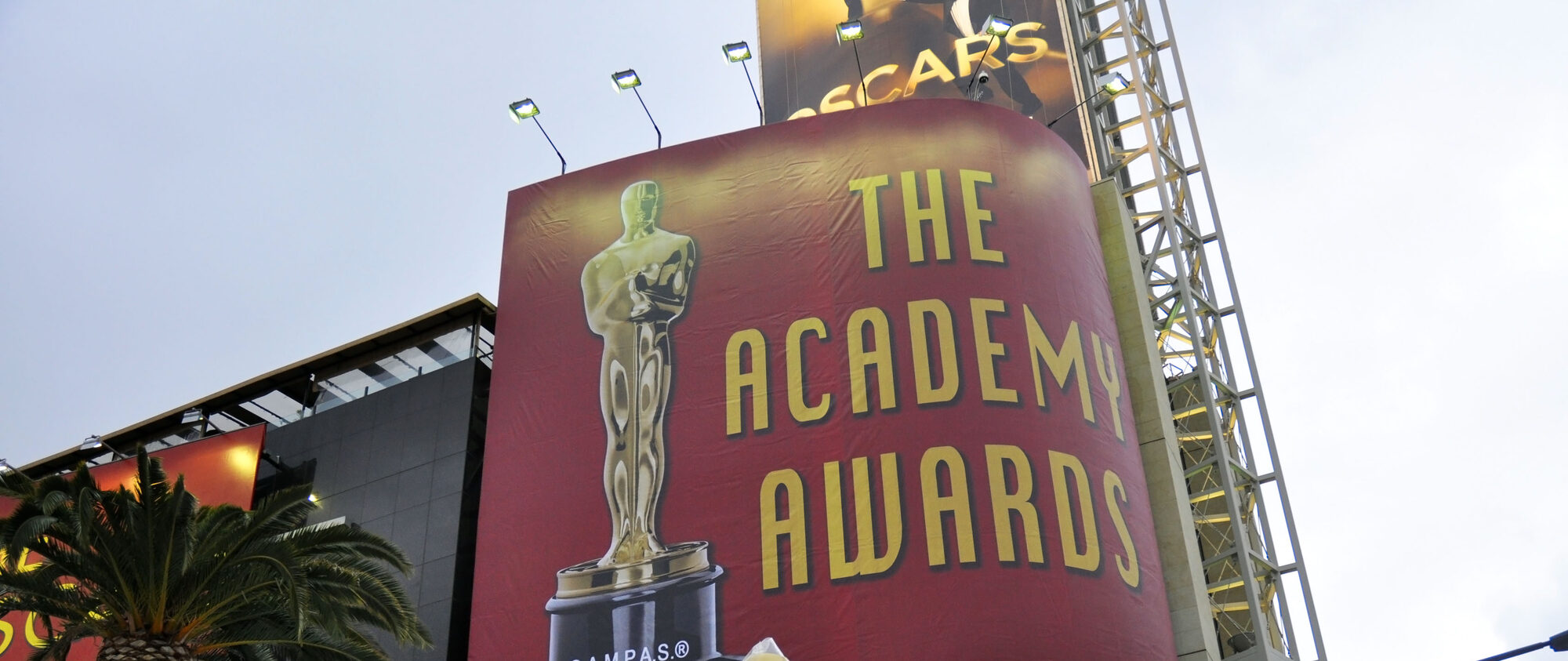How Often Do Technical Wins Predict Best Picture at the Oscars?

The Academy Awards, or Oscars, represent the pinnacle of cinematic achievement, with the coveted Best Picture award being the ultimate accolade. Film enthusiasts and industry analysts often look for patterns and predictors for this top prize. A recurring question is whether success in the “technical” categories – those honoring crafts like cinematography, editing, sound, and visual effects – can foreshadow a Best Picture win. While there’s no foolproof formula, a strong showing in these areas often signals a film’s overall quality and broad appeal among Academy voters.
Defining “Technical” Categories
First, it’s important to clarify what constitutes a “technical” award in the context of the Oscars. These are the awards that recognize the skill and artistry involved in the physical and practical creation of a film. Key technical categories typically include:
- Best Cinematography:Honoring the art of photography and camera work.
- Best Film Editing:Recognizing the art of assembling the film’s shots and sequences.
- Best Sound (formerly Sound Mixing and Sound Editing):Awarding the best overall soundscape, including dialogue, music, and effects.
- Best Production Design (formerly Art Direction):Celebrating the visual look and design of the film’s sets and environments.
- Best Costume Design:Honoring the creation of clothing for the characters.
- Best Makeup and Hairstyling:Recognizing excellence in makeup and hair artistry.
- Best Visual Effects:Awarding the most impressive and integral visual effects.
It’s worth noting that the Academy also presents Scientific and Technical Awards, often at a separate ceremony, which honour specific technological innovations and achievements that have significantly impacted the filmmaking process. However, for the purpose of predicting Best Picture, the focus is generally on the competitive craft awards presented during the main Oscars ceremony.
The Correlation: A Strong Indicator, Not a Guarantee
Historically, many Best Picture winners have also performed strongly in the technical categories. Films that are meticulously crafted on a technical level often resonate more powerfully with audiences and voters. A film that excels in areas like cinematography, editing, and sound demonstrates a high level of filmmaking mastery, which can contribute to its overall impact and perceived quality.
For instance, epic productions and visually stunning films frequently garner multiple technical nominations and wins alongside a Best Picture victory. Think of films like Titanic (1997) or The Lord of the Rings: The Return of the King (2003), both of which swept numerous technical awards on their way to winning Best Picture. The Lord of the Rings: The Return of the King notably won all 11 awards for which it was nominated, including several technical categories. More recently, films like Mad Max: Fury Road (2015), while not winning Best Picture, dominated the technical categories, showcasing how technical excellence can be widely recognized even if the top prize goes elsewhere.
The Best Film Editing category, in particular, has often been cited as a strong bellwether for Best Picture. For many years, it was rare for a film to win Best Picture without at least a nomination for Best Film Editing, suggesting that a well-edited film is crucial for overall success.
When Technical Acclaim Doesn’t Translate to Best Picture
However, a haul of technical awards is not a definitive predictor of a Best Picture win. There are numerous instances where films with significant technical achievements have been pipped to the post for the top award. Sometimes, a smaller, character-driven drama with fewer technical nominations might win Best Picture due to its powerful storytelling, emotional resonance, or strong performances.
For example, films like Spotlight (2015) and CODA (2021) won Best Picture with relatively few overall Oscar wins and did not dominate the technical categories. Spotlight only won two Oscars in total, Best Picture and Best Original Screenplay. This highlights that while technical prowess is often admired, the Academy also values compelling narratives and emotional impact, which may not always align with the most technically elaborate productions.
The Evolving Landscape
The nature of filmmaking and the Academy’s voting body are constantly evolving. The rise of digital filmmaking, sophisticated visual effects, and innovative sound design continues to push the boundaries of what is technically possible. This can lead to a greater appreciation for technical achievements, but it also means that films of all scales and genres have the potential to be recognized.
While a strong showing in the technical Oscar categories can often be a positive sign for a film’s Best Picture prospects, it is by no means a guaranteed predictor. Technical awards highlight a film’s exceptional craftsmanship and can contribute to its overall momentum. However, the Best Picture award ultimately reflects a broader consensus among Academy voters, taking into account a film’s narrative strength, emotional depth, cultural impact, and overall artistic merit. Therefore, while technical wins are an important piece of the Oscar puzzle, they are just one of many factors that contribute to a film’s journey towards the coveted Best Picture statuette






